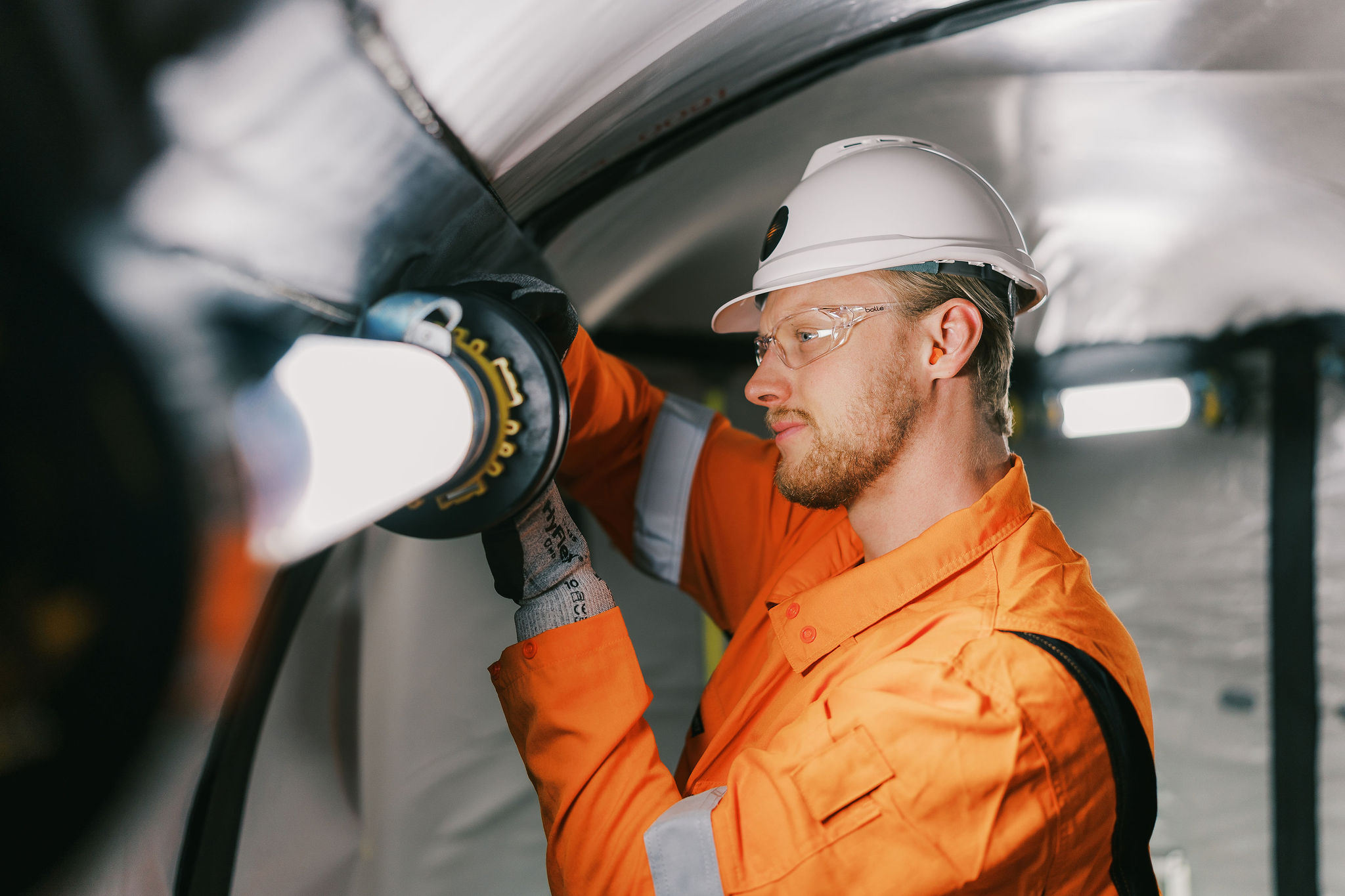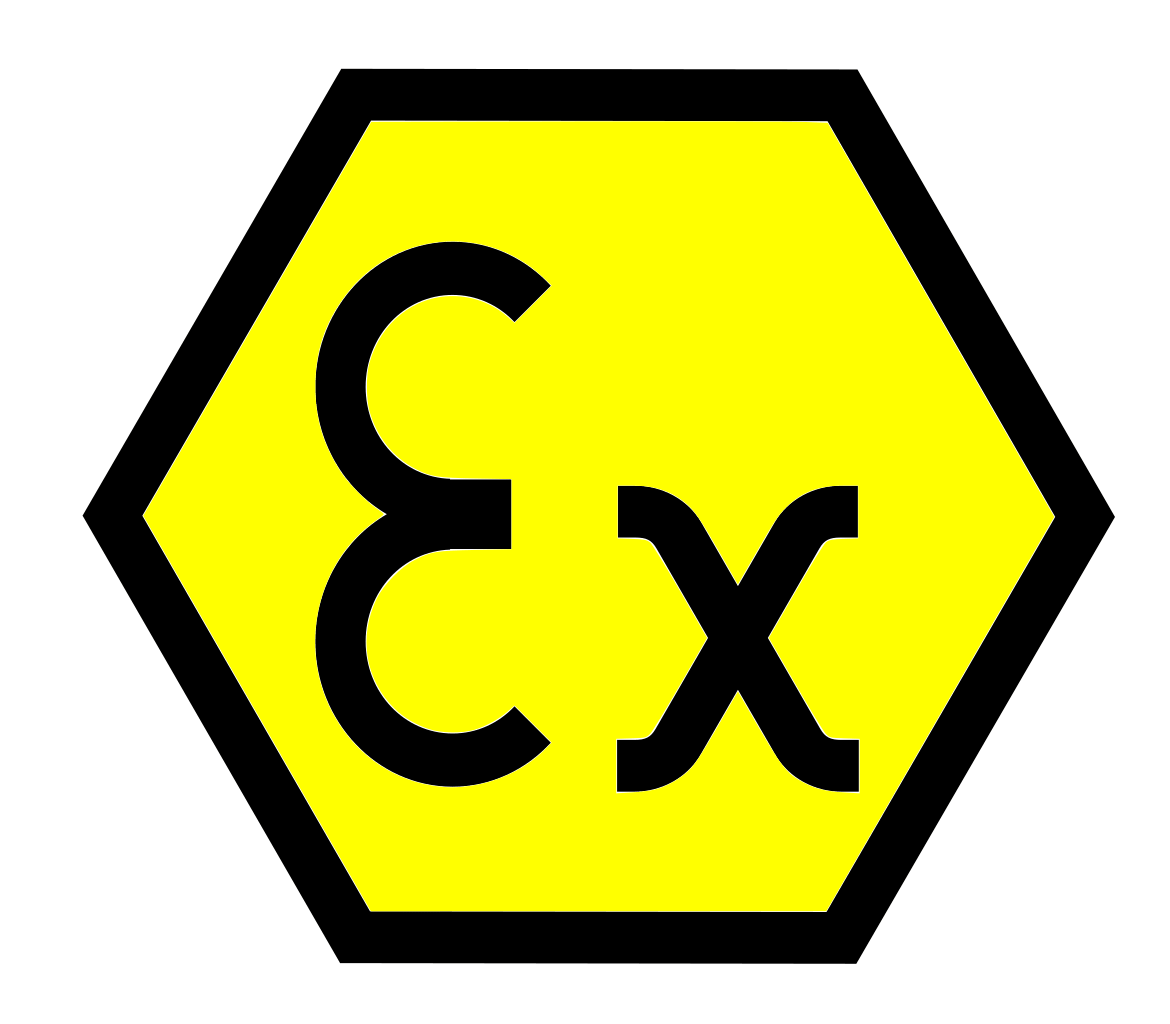Not known Details About Roar Solutions
Not known Details About Roar Solutions
Blog Article
The 30-Second Trick For Roar Solutions
Table of Contents10 Easy Facts About Roar Solutions Described7 Easy Facts About Roar Solutions ExplainedRoar Solutions - Questions
In order to protect installments from a prospective explosion a method of analysing and classifying a potentially harmful location is needed. The purpose of this is to ensure the appropriate choice and installation of equipment to inevitably prevent a surge and to ensure safety of life.
(https://www.cheaperseeker.com/u/roarsolutions)
No devices should be set up where the surface temperature of the equipment is more than the ignition temperature of the given threat. Below are some typical dust unsafe and their minimal ignition temperature. Coal Dust 380C 225C Polythene 420C (melts) Methyl Cellulose 420C 320C Starch 460C 435C Flour 490C 340C Sugar 490C 460C Grain Dirt 510C 300C Phenolic Resin 530C > 450C Aluminium 590C > 450C PVC 700C > 450C Residue 810C 570C The likelihood of the hazard existing in a focus high sufficient to create an ignition will differ from place to location.
In order to categorize this danger a setup is divided into locations of threat relying on the amount of time the harmful is existing. These areas are described as Areas. For gases and vapours and dusts and fibers there are three areas. Zone 0 Zone 20 A dangerous ambience is highly most likely to be present and might be existing for extended periods of time (> 1000 hours each year) or also continuously Zone 1 Zone 21 An unsafe atmosphere is possible however unlikely to be present for extended periods of time (> 10 450 C [842 F] A classification of T6 implies the minimal ignition temperature is > 85 C [185 F] Hazardous area electrical devices perhaps made for use in higher ambient temperature levels. This would indicated on the score plate e.g. EExe II C T3 Ta + 60C( This means at 60C ambient T3 will not be exceeded) T1 T1, T2, T3, T4, T5, T6 T2 T2, T3, T4, T5, T6 T3 T3, T4, T5, T6 T4 T4, T5, T6 T5 T5, T6 T6 T6 A T Course ranking of T1 means the maximum surface area temperature level produced by the tool at 40 C is 450 C. Assuming the associated T Class and Temperature score for the equipment are appropriate for the location, you can always utilize an instrument with a more stringent Division score than required for the location. There isn't a clear answer to this concern. It actually does depend upon the kind of equipment and what fixings need to be executed. Equipment with specific examination treatments that can not be performed in the field in order to achieve/maintain third party score. Should come back to the factory if it is prior to the equipment's service. Area Repair Service By Authorised Personnel: Challenging testing might not be required nonetheless specific treatments might require to be followed in order for the tools to maintain its 3rd party ranking. Authorised workers need to be used to carry out the work appropriately Fixing need to be a like for like replacement. New component need to be considered as a straight replacement needing no special screening of the devices after the fixing is total. Each piece of equipment with a harmful ranking need to be reviewed individually. These are outlined at a high degree below, however, for more detailed info, please refer directly to the standards.
Some Of Roar Solutions
The devices register is a comprehensive database of equipment records that includes a minimum set of fields to recognize each item's area, technical specifications, Ex lover classification, age, and ecological information. The ratio of In-depth to Close evaluations will be established by the Equipment Risk, which is evaluated based on ignition danger (the possibility of a source of ignition versus the chance of a combustible environment )and the harmful area classification
( Zone 0, 1, or 2). Executing a robust Risk-Based Inspection( RBI )technique is essential for guaranteeing conformity and safety in handling Electrical Tools in Hazardous Areas( EEHA).
Little Known Questions About Roar Solutions.

In regards to eruptive danger, a dangerous area is a setting in which an explosive ambience is existing (or might be anticipated to be present) in quantities that need unique preventative measures for the building and construction, installation and use equipment. high voltage courses. In this write-up we check out the difficulties faced in the office, the danger control measures, and the needed expertises to work securely
It is an effect of contemporary life that we produce, save or manage a variety of gases or liquids that are considered combustible, and a series of dusts that are regarded combustible. These substances can, in specific problems, form explosive ambiences and these can have significant and awful effects. Most of us recognize with the fire triangular get rid of any among the 3 elements and the fire can not occur, however what does this mean in the context of unsafe areas? When breaking this down into its easiest terms it is basically: a mix of a certain amount of launch or leakage of a particular compound or product, blending with ambient our website oxygen, and the visibility of a source of ignition.
In most instances, we can do little regarding the levels of oxygen in the air, but we can have significant influence on resources of ignition, for instance electric tools. Hazardous areas are recorded on the unsafe area classification illustration and are determined on-site by the triangular "EX-SPOUSE" indication. Here, amongst various other crucial details, zones are split into 3 kinds relying on the hazard, the possibility and period that an eruptive ambience will exist; Zone 0 or 20 is deemed one of the most hazardous and Area 2 or 22 is deemed the least.
Report this page